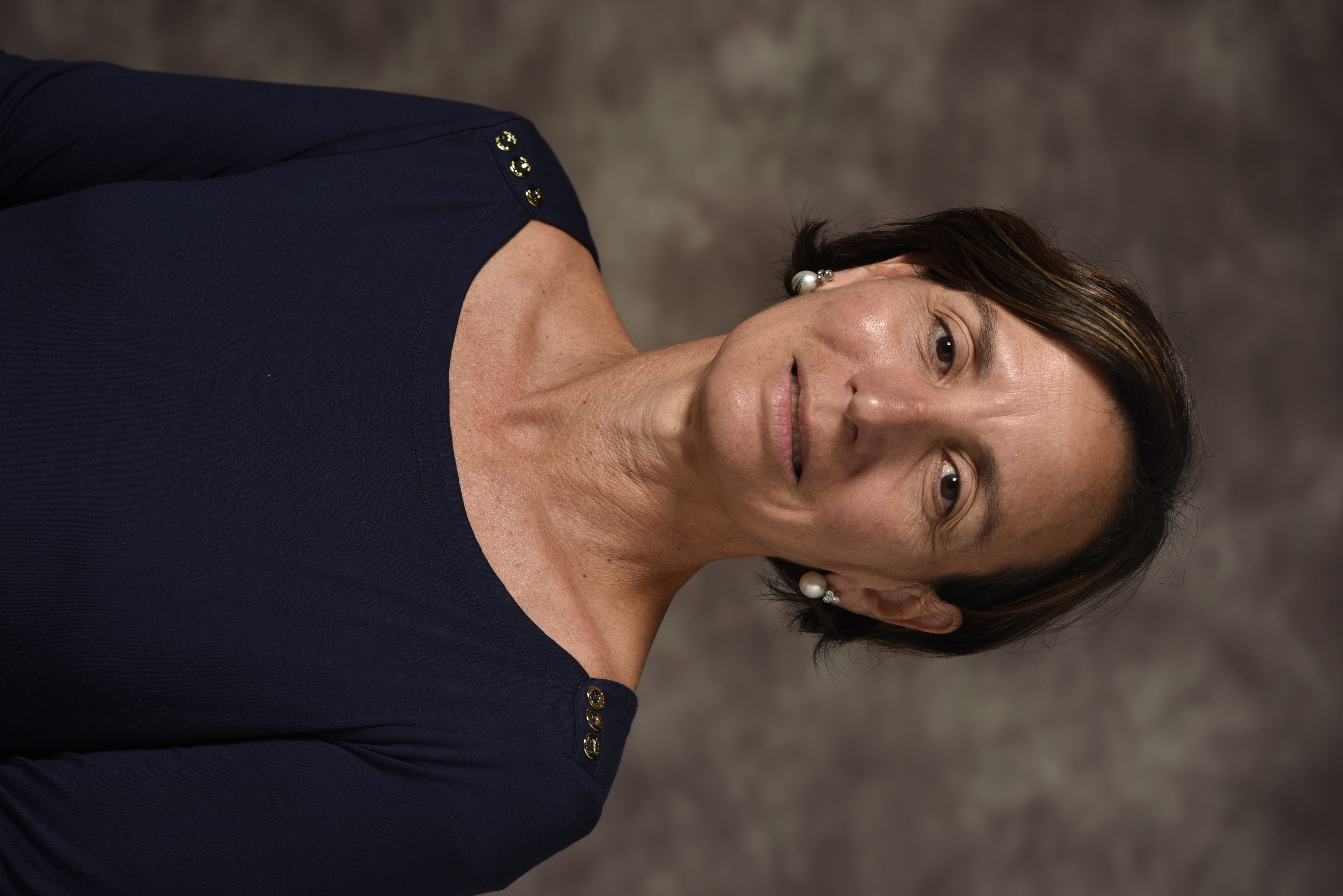Health Care System / Public Policy
Effects of COVID-19 stress, proximity and adverse childhood experiences on healthcare workers’ mental health
(PS5-D90) Effects of COVID-19 Stress, Proximity and Adverse Childhood Experiences on Healthcare Workers’ Mental Health

Tannaz Mirhosseini, M.S.
Doctoral Student
University of Florida
Gainesville, Florida- AG
Andrea D. Guastello, Ph.D.
Assistant Professor
University of Florida
GAINESVILLE, Florida - NS
Nicola Sambuco, Ph.D.
Research Assistant Scientists
University of Florida
Gainesville, Florida 
Lourdes P. Dale, Ph.D.
Associate Professor
University of Florida College of Medicine - Jacksonville
Jacksonville, Florida- CM
Carol A. Mathews, M.D.
Professor and Chair, Department of Psychiatry
University of Florida
Gainesville, Florida - JM
Joseph P.H. McNamara, Ph.D.
Division Chief - Associate Professor
University of Florida
Gainesville, Florida
Author(s)
Co-Author(s)
Objective: Past research has shown that healthcare workers experience high levels of psychological distress during epidemics and pandemics, resulting in cascading effects that have led to chronically understaffed hospitals and healthcare centers. During COVID-19 many healthcare workers reported high symptoms of anxiety, depression, and COVID-19 related worries. Furthermore, adverse childhood experiences (ACEs) which are identified as experiences that can negatively harm a child (0-17 years old) increase vulnerability for psychological conditions especially during pandemics. This study sets out to (1) Investigate the moderating effects of adverse childhood experiences on healthcare workers COVID-19 related stressors and depression/anxiety symptoms, and (2) Investigate the moderating effects of adverse childhood experiences on proximity to the COVID-19 virus and depression/anxiety symptoms.
Methods: Participants included 438 employed HCWs recruited from academic medical centers and smaller healthcare agencies in the United States between October to December 2020. Mean age of participants was 38.23 (SD = 11.5) with most of the HCWs being white (72.1%), non-Hispanic (86.8%) female (82%). Healthcare workers completed 5 online questionnaires, including the Adverse Childhood Experiences scale, Patient Health Questionnaire, Generalized Anxiety Disorder Scale, a COVID-19 specific worries scale, and a Social Proximity to COVID-19 scale.
Results: Healthcare workers experiencing specific COVID-19 worries also reported experiencing anxiety and depressive symptoms. A significant positive interaction was observed between childhood maltreatment and COVID-19 worries on depressive symptoms. A significant positive interaction was seen between childhood adverse experiences and COVID-19 worries on anxiety symptoms. Additionally, a positive interaction effect was seen between childhood adverse experiences and COVID-19 social proximity for both depression symptoms and anxiety symptoms.
Conclusion: Psychological distress continues to affect healthcare workers, specifically individuals who have had adverse childhood experiences. Additionally, due to the nature of their responsibilities and workplace stress, HCWs are among vulnerable groups especially during global health crises. Findings from the present study indicate that adverse childhood experiences strengthen the relationship between COVID-19 worry/proximity and psychological symptoms. Vulnerable populations such as individuals who have ACEs will benefit from targeted and specific interventions to cope with the collective trauma experienced globally due to COVID-19. As COVID-19 becomes endemic, hospital leaderships and authorities need to continue addressing COVID-19 worries and HCWs’ psychological symptoms through mental health support and organizational interventions.

